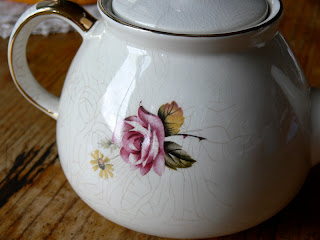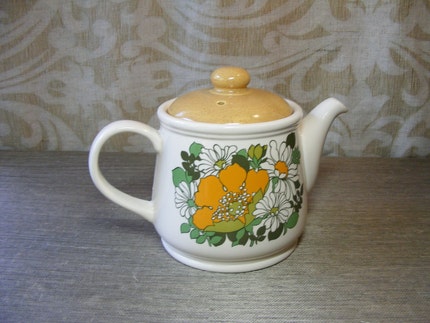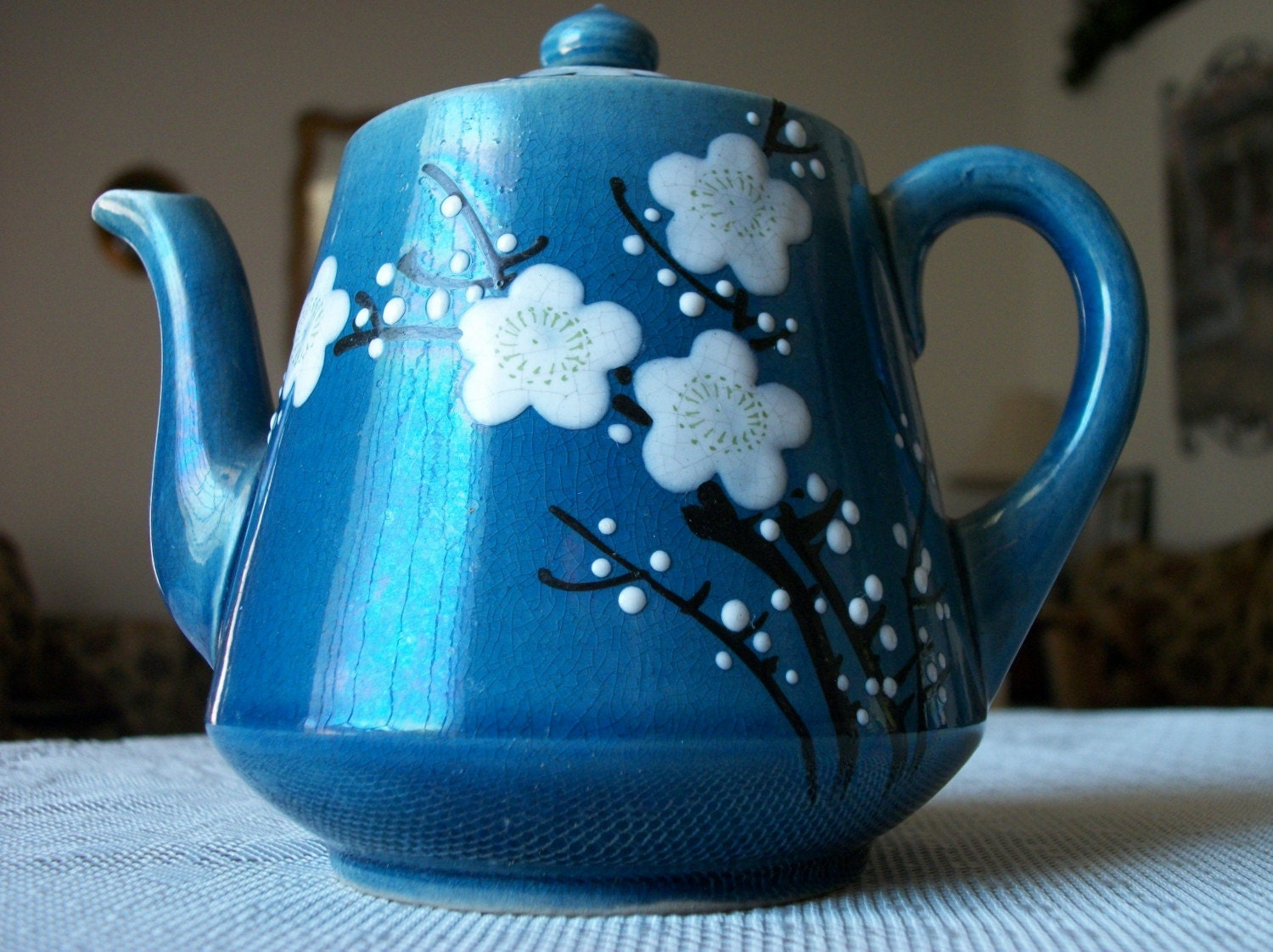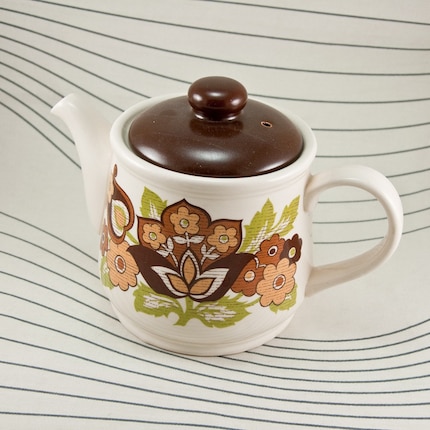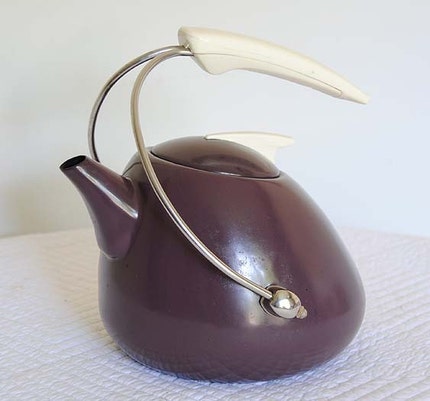I would probably have to say yes, I am a 'morning person'... I would much rather be up early getting things done than staying up late to do them... But that said, I also acknowledge that I *do* rely heavily on tea-sourced caffeine to get me through the day, more than I ever did before my son was born!
(image courtesy of wikipedia)
I used to think that caffeine was evil, back in my hippy-herbal-tea-only days; it supposedly dehydrated you, tanned your insides and kept you awake at night. I have fortunately moved on since then, particular since discovering the many, many wonders of loose-leaf, high-quality C. sinensis. I try not to overdose on caffeine, but it is extremely difficult to determine how much caffeine is in any particular tea; the safest thing to say is that all tea made from Camellia sinensis leaves will contain caffeine regardless of whether it is white, green, black, wulong or pu'erh.
This article by Nigel Melican explains some of the factors that influence caffeine content of tea, and why it is so complicated to quantify; it gets a lot of mentions (I am sure I have linked to it before) but that's just because it is so damn good. You should read it if you haven't already. And then have another cup of tea... that's what I'm going to do!




